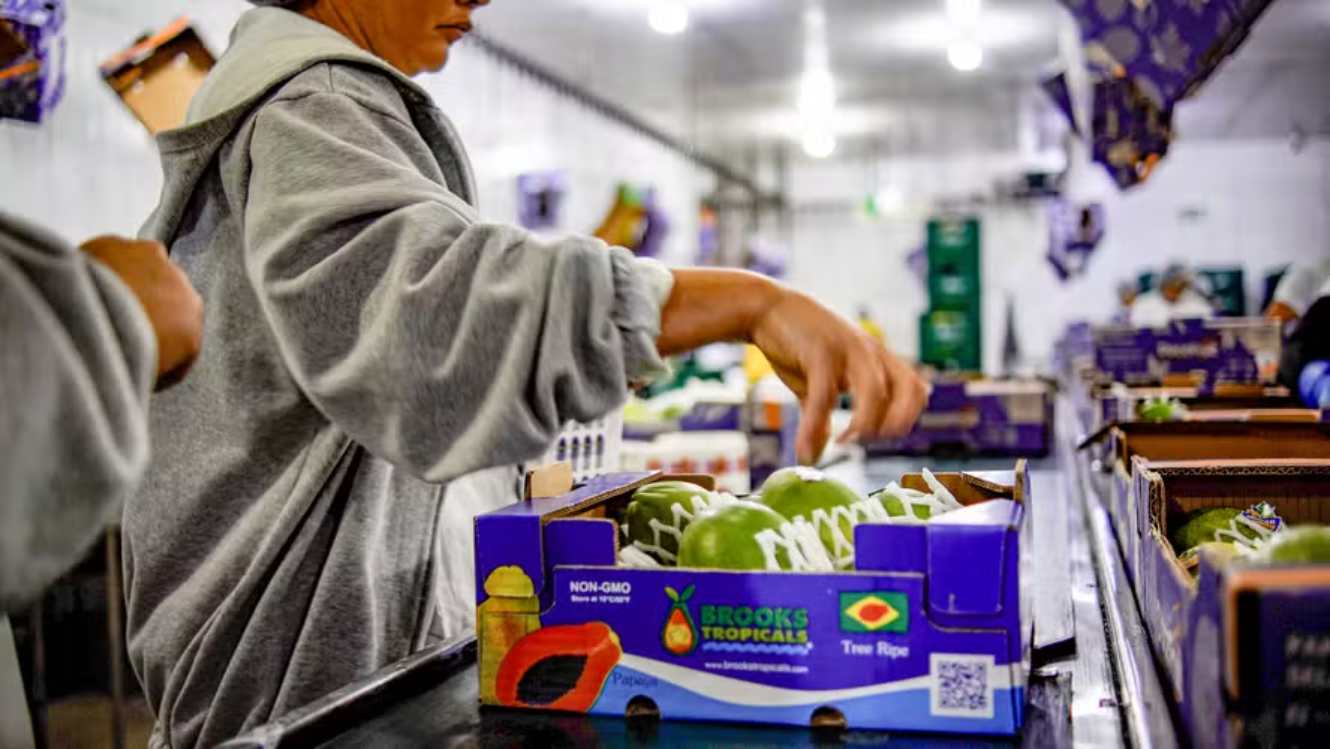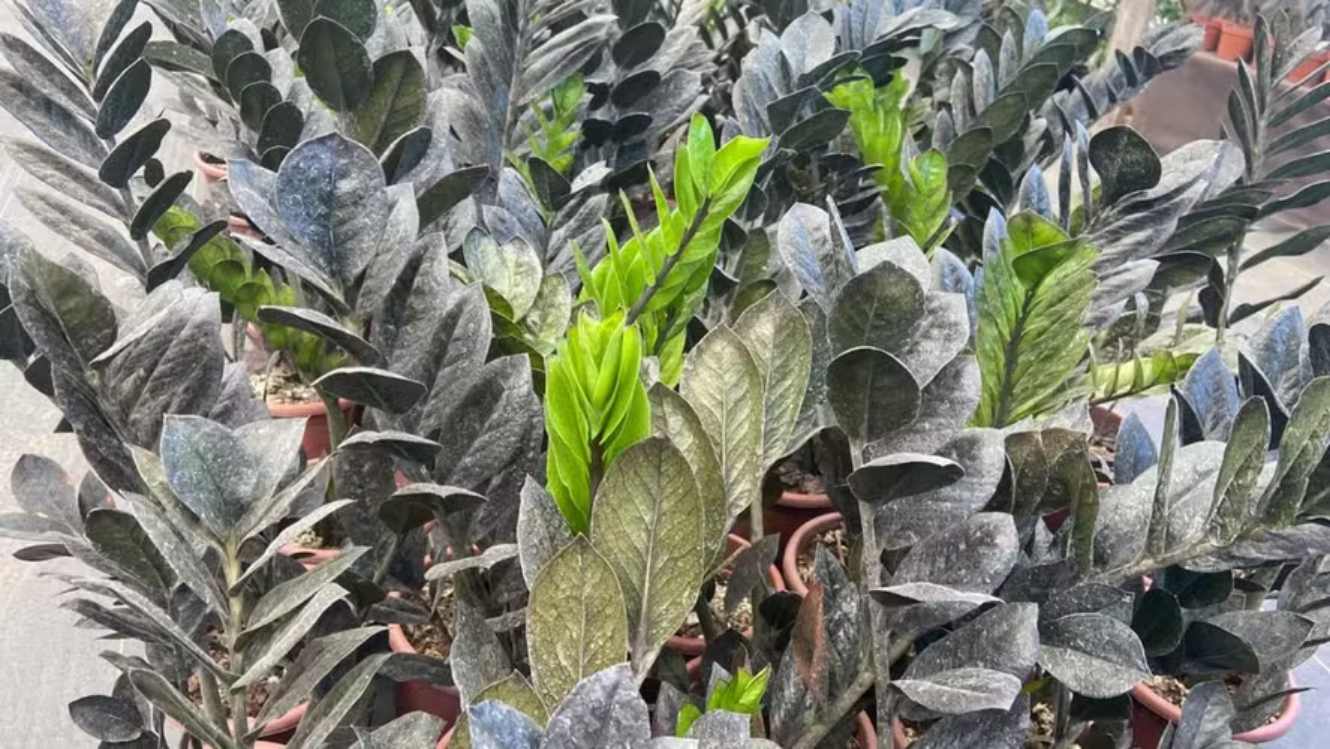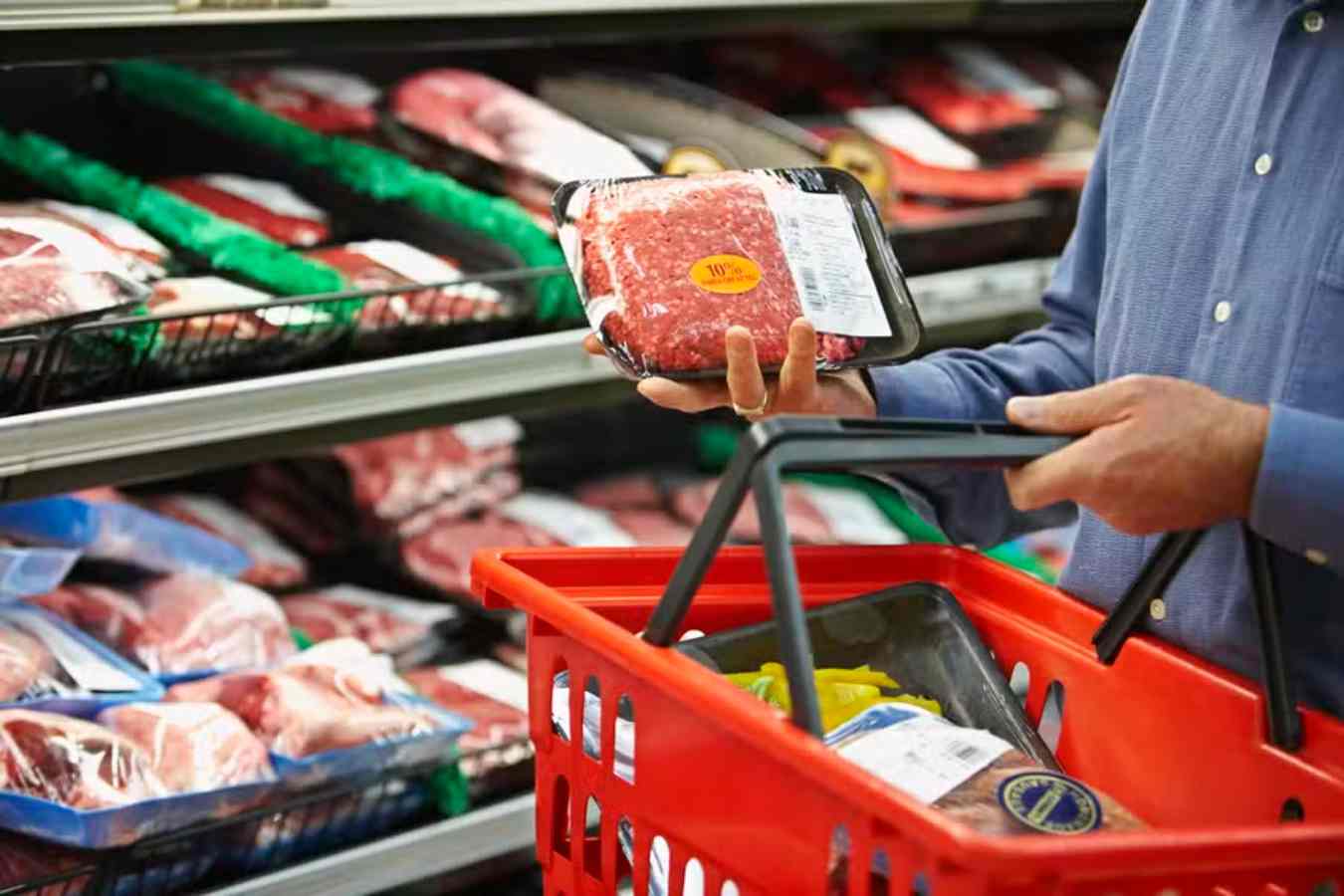Main Markets are European Countries with Increasing Quality Demands
Brazilian papaya exports are on the rise in 2024, according to data from the Brazilian Association of Fruit Exporters (Abrafrutas) based on government statistics. Exporters and importers report strong market acceptance for Brazilian papayas, which often outperform local offerings, despite potential price differences.
From January to October, shipments reached 35,840 tons (+14.65%), generating $47.79 million (+7.39%) in revenue. During the same period in 2023, exports totaled 31,260 tons, with revenue of $44.5 million.
Leading Export Regions
In 2024, Espírito Santo led papaya exports with 15,850 tons shipped between January and October, generating $23.32 million in revenue. Rio Grande do Norte followed with 11,970 tons ($13.95 million), and Bahia exported 3,000 tons ($4.10 million).
Continued Growth Expected
The Brazilian government and private sector expect this growth to continue through the end of the year. A report from the National Supply Company (Conab) in early October highlighted that increased domestic production has supported exports.
Conab noted favorable conditions, particularly for papayas cultivated in Espírito Santo, Rio Grande do Norte, and Ceará. This success stems from prior investments and strong demand from European markets.
Export Demand and Price Trends
According to the Center for Advanced Studies in Applied Economics (Cepea), the export market is highly favorable, despite papaya being a niche fruit in Europe compared to melons, grapes, and apples.
Marcela Barbieri, a Cepea researcher, explains that higher domestic prices encourage producers to sell locally, while lower domestic prices make exports more attractive. This year, the producer price for papaya in Espírito Santo peaked at R$8.45/kg in April, averaging R$0.59/kg in October.
Lucas Bezerra, another Cepea researcher, predicts a likely decrease in supply from November onwards, which may lead to a rise in domestic prices. However, he considers the export market more lucrative, given current conditions.
Key Export Markets
Portugal is the top importer of Brazilian papayas in 2024, purchasing 10,740 tons between January and October, valued at $13.93 million. The United Kingdom followed with 6,200 tons ($8.2 million), and Spain imported 5,770 tons ($7.13 million).
High Market Approval
Doce Fruit, a company based in Linhares (Espírito Santo), exports papayas from its own production and partner suppliers. The company’s CEO, Rodrigo Martins, emphasizes that Brazilian papayas are well-received internationally, with European consumers praising their flavor and health benefits.
The company exports 200 to 400 tons weekly to 15 countries, primarily by air due to the fruit’s perishable nature. Annual revenue from papayas has reached approximately R$200 million, with growth rates of 10-15% per year.
Challenges and Opportunities
Different regions present unique challenges. For instance, Portuguese markets prefer the larger Formosa variety, while British consumers favor smaller papayas. Additionally, the company is eyeing new markets, including the UAE and China, though access to China awaits a bilateral agreement.
Sustainability and Compliance
Exporters are increasingly adopting sustainable practices to meet strict European regulations limiting chemical residues. José Roberto Macedo Fontes, president of the Brazilian Papaya Producers and Exporters Association (Brapex), highlights efforts to achieve “zero-residue” production, employing biological controls and regenerative agriculture.
Julio Alonso, a papaya importer in Madrid, commends the quality of Brazilian papayas but warns exporters to remain vigilant about compliance to avoid product losses due to stringent checks at entry points.
Future Outlook
Brapex projects a 15% growth in papaya exports for 2024, surpassing last year’s total shipments of 37,850 tons and revenue of $53.07 million. This trajectory reflects the industry’s commitment to sustainability, quality, and market diversification.




